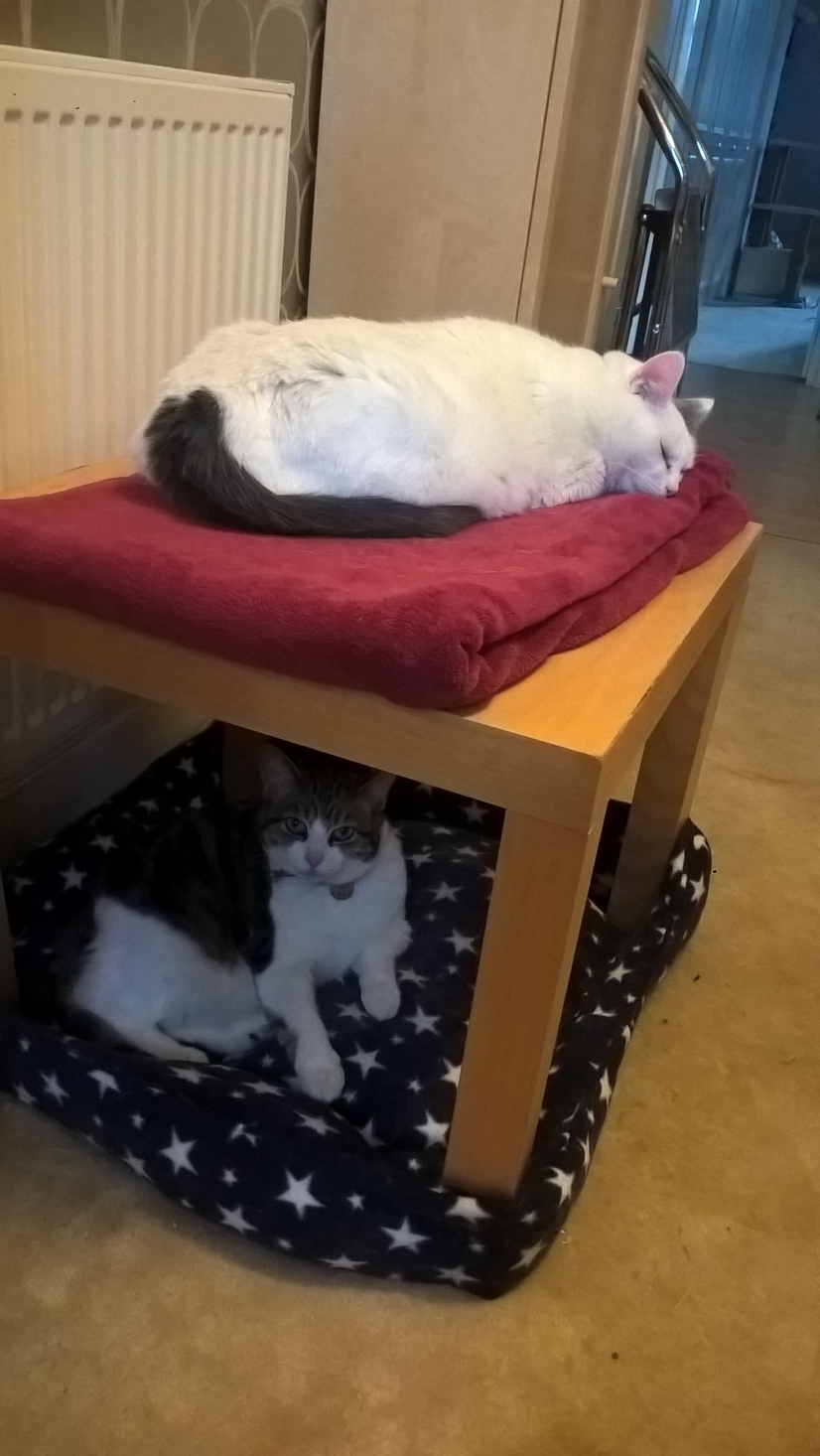I try to avoid party-politics on this blog, but the (not unexpected) result of yesterday's Conservative & Unionist Party leadership contest, which de facto imposes a new Prime Minister on the UK (for the second time in three years, as it happens) has given me much cause for concern and pause for thought.
It's that little thing that Paul says to Timothy, and hence to us all, about praying for "kings and all those in authority, that we may life peaceful and quiet lives..." It's an injunction I take seriously, and it's an injunction formally expressed in the published prayers of, among others, the Church of England (guaranteed to wind up some Baptists who confuse 'separation of church and state' with 'keep out of all matters political, even in your prayers')
So I was grateful for some repsonses in the public arena, in the light of the Pauline injunction, such as those on Twitter from JPIT (here) and BUGB (here). Neither of these organisatons is 'pro-B,' be that Boris or Brexit, but they are pro-prayer. And then there is this from Archdruid Eileen, one of my all time favourite bloggers which is all at once clever, creative, challenging and even a little bit funny.
Gracious God, you gave freedom to humankind, and permitted us to establish our own structures for the ordering of society.
That freedom carries responsibility that can sometimes seem overwhelming, and it is easier for us simply to let others get on with it.
Whatever we think or believe about the current political situation - and we think and feel plenty - there will be others who follow you who think and believe otherwise.
And so what can we - what can I - pray.
For political leaders: that you would grant them wisdom, compassion, integrity, openmindedness and humility
For ourselves: that we would live out the prayers we pray, speaking up and speaking out wherever, and whenever that is needed - even if it's difficult, scary or risky - and to do so with gentleness, humility, integrity, openmindedness, hopefulness, faith and love.
Amen
